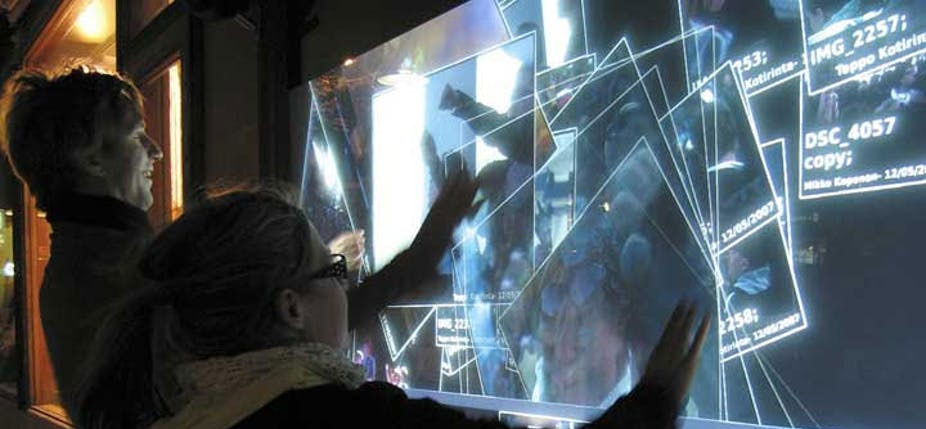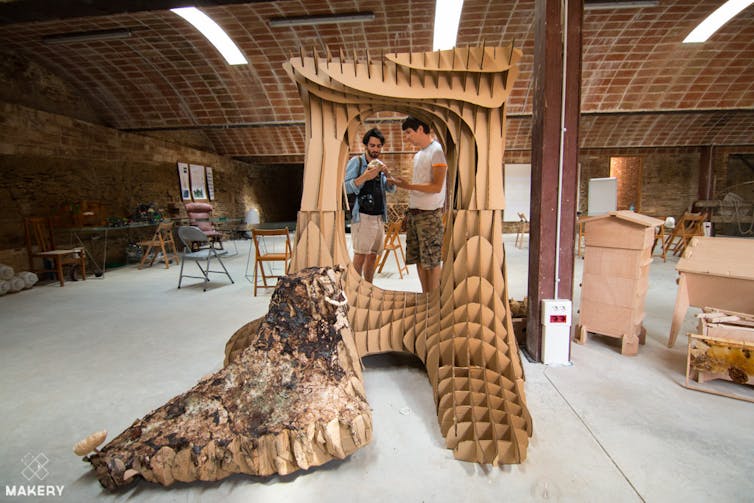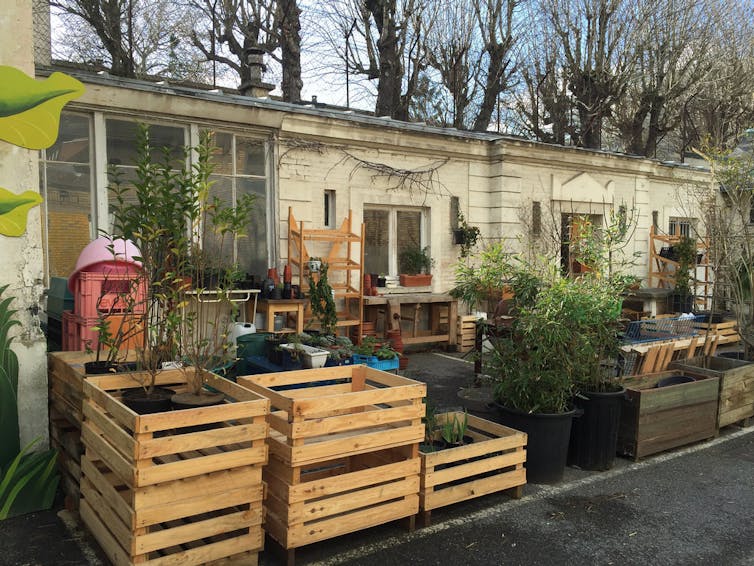Productive cities: toward a new biopolitics of cities

With the rise of the “knowledge-based economy”, economists came to look more closely at urban situations. In this new economy, knowledge appears to be replacing natural resources and physical effort as the tool for economic development. But knowledge that creates value is not codified or computerised, it’s that which is tacit, living and happening. Under these conditions, production methods change. It’s no longer a question of producing what we know we can do, but rather of organising conditions in which collective intelligence can develop and thrive. These mutations are particularly affecting the importance of externalities and are taking production out of enterprises. Cognitive capitalism has a fundamental need to multiply contact points with society and with living activity.
Metropolitan territories, with their production and research sites, density, amenities and social and functional diversity, are becoming production centres. All city material and immaterial resources are activated. Communities are furnishing laboratory zones where full-scale innovations can be produced and tested: creation and innovation zones, technology districts, urban cognitive systems. Progressively, production is infusing urban society. The co-working spaces, hacker spaces, fab labs, city labs and other living labs are making the social productive. Residents, tourists, businessmen – the “users” – are invited to act upon the fabric of the city itself and to participate in testing, evaluating and co-producing innovations, services and urban data.
This is among the intentions of the Fab City project in Barcelona, the objective being that Barcelonans produce their own “energy, food, goods and knowledge in self-sufficient neighbourhoods” (Tomas Diez, director of the Barcelona Fab Lab). The project, supported by the Barcelona Fab Lab, the Institute for Advanced Architecture of Catalonia (IAAC) and the city of Barcelona, foresees the creation of approximately 15 microfactories, self-managed by local groups. Other dispositions, like Barcelona’s Smart Citizen Kit or Shanghai’s Airwaves and Noisetube projects, intend to supply all inhabitants with sensors giving them real-time access to urban data like pollution, humidity, temperature, traffic, luminosity and airwaves. Via these experiments, the citizen’s activity is not only registered, but the citizen himself plays a proactive role by being a sensor of his environment.

Areas related to culture and knowledge figure in the dynamics of productive cities. These spaces, historically considered as places of retreat and protective shelter, are called upon to open up and participate. Thus, libraries, museums, theatres, universities and centres for science and culture become “third places”, progressively integrating leisure, diversion, public service or entrepreneurial functions. They become open, relational spaces, able to stimulate informal encounters among a wide variety of actors (artists, residents, scientists) while ultimately being able to valorise knowledge produced.
The infrastructures themselves are rendered productive. Smart grids, intelligent urban furnishings, and strategies of infrastructure reversibility or temporary management of vacant spaces, contribute to the same political optimism and activation of global city resources. The “Grands Voisins” experience in Paris is the French incarnation of temporary urbanism possibilities. While awaiting the conversion of the former Saint-Vincent-de-Paul hospital into an eco-quarter, the associations Aurore, Yes We Camp and Plateau Urbain banded together to animate and manage the space. Today the site houses 600 persons in reinsertion (250 migrant workers and 350 emergency shelters for Aurore), and 180 structures (associations, artists, tradespeople and social entrepreneurs), which employ more than 1,000 people on a daily basis.

This dynamic concerns the very nature of the city. The French projects Productive Landscape or Positive Biodiversity, enhance natural resources in cities working toward self-sufficiency in food and energy. Other examples exist in the Valldaura Self-sufficient Labs in Barcelona’s Collserola Park, a 130-hectar nature reserve with remarkable flora and fauna. Located in the centre of Barcelona, Valldaura was acquired by the IAAC in 2010 with the objective of using its natural potential to co-produce prototypes related to city self-sufficiency. Activity is structured around three labs: the Energy Lab (energy production), the Green Fab Lab (production of goods) and the Food Lab (food production), and is financed by the Spanish government, the Polytechnic University of Catalonia and the Massachusetts Institute of Technology (MIT). Valldaura prototypes under development include bio-batteries, micro-bio architectures, bio-photovoltaic panels, solar ovens, and connected beehives among others, and will be tested in the city of Barcelona.
This short review of contemporary thought in productive cities, calls for a hypothesis of a new biopolitics of cities. Beyond economic institutions, production spreads to urban morphology and infrastructures as well as social and cultural organisations, places of knowledge and natural and vacant spaces. All actors and other aspects the city have become productive. In this integrated urbanism, vacant lots and passages, third places or collaborative digital platforms become new production sites. These intermediary spaces, essentially unstable and subject to friction, are proving themselves well adapted for experiments, for creation and for inventing new life styles, new forms of organisation and ways of doing things. These areas are not unlike the “biological layers” described by the landscape architect, botanist and author Gilles Clément when he wrote : “The limits – interfaces, canopies, edges, outskirts and borders – are in themselves biological layers. Their richness is often greater than that of the environment they delineate”.
Consequently, all urban vitality is mobilised in production. The pitfalls of the productive city, in that it produces, transforms and valorises the living, are therefore potentially numerous. How can production coming from intermediary spaces or from freely developed and shared collaborative, digital platforms be evaluated in economic terms? Everyone’s productions can hardly be reduced to the status of merchandise. They are similar to public property and the danger would be in establishing measures to harness and privatise these free cognitive resources. Another hazard of the productive city resides in the tendency to overstimulate contacts among residents.
No vacant area, abandoned lot or alley seems able to resist this movement of creating hyper-relational spaces. But aren’t these intermediary spaces the last shelters of protection from an urban society in constant acceleration? Aren’t they community belongings to be preserved rather than be transformed into third places or something else like “digital space 3.0”? A final risk of the productive city is in the mass distribution of sensors. These would collect and analyse considerable amounts of data produced by individuals. While intended to optimise city function and management, it’s also subject to questions about threats to personal liberty.
![]() One understands the necessity to regulate the potential drifts of productive cities by defining urban policies related to city life itself, be it social, cultural, vegetal or proper to spaces with “biological layers”. The stakes reside in mobilising all the productive and creative forces for the benefit of cities’ democratic and ecological organisation, and less to a “technified productionist” oriented logic.
One understands the necessity to regulate the potential drifts of productive cities by defining urban policies related to city life itself, be it social, cultural, vegetal or proper to spaces with “biological layers”. The stakes reside in mobilising all the productive and creative forces for the benefit of cities’ democratic and ecological organisation, and less to a “technified productionist” oriented logic.
This article was originally published on The Conversation. Read the original article.
Updated on November 23, 2017
Vous aimerez peut-être aussi
- The Conversation : "Avec la guerre, changement d’ère dans la géopolitique du climat ?"
- The Conversation : "Dépenses, manque de transparence… pourquoi le recours aux cabinets de conseil est si impopulaire ?"
- The Conversation : "Et pourtant, on en parle… un peu plus. L’environnement dans la campagne présidentielle 2022"
- The Conversation : "L’empreinte carbone, un indicateur à utiliser avec discernement"
Author
Raphaël Besson
Université Grenoble Alpes
Director of the agency "Villes Innovations"
Associated researcher, PACTE

